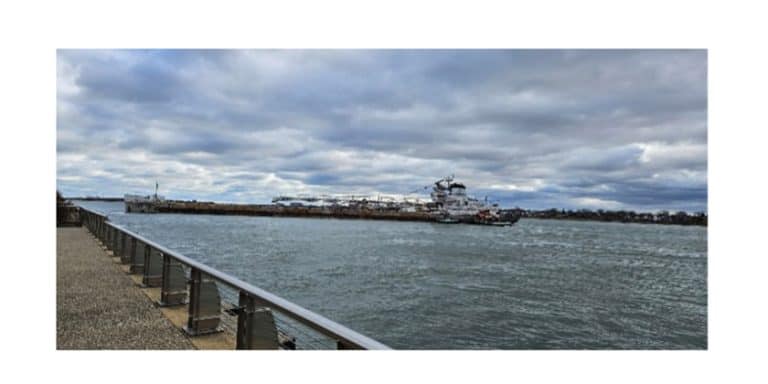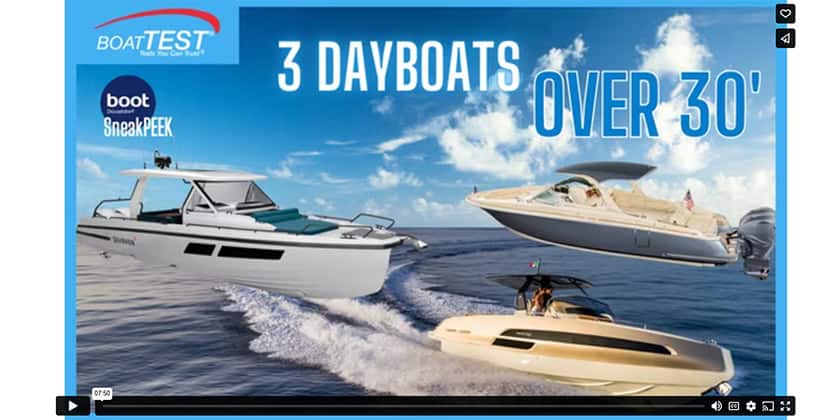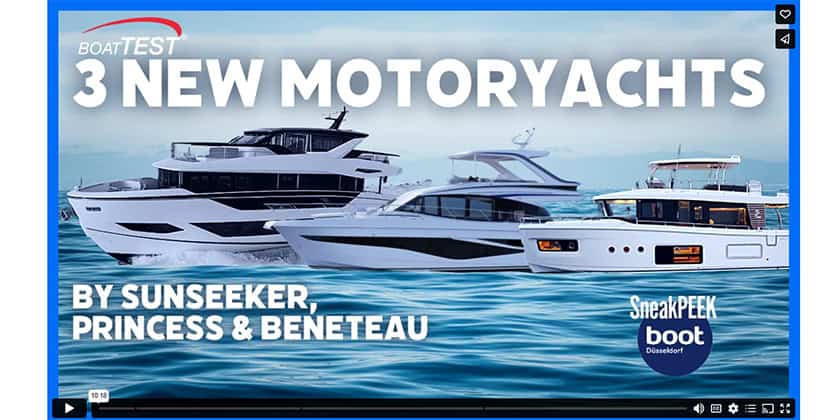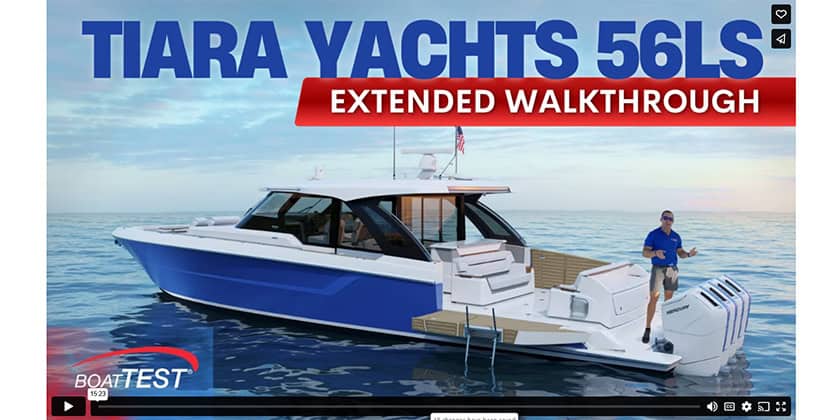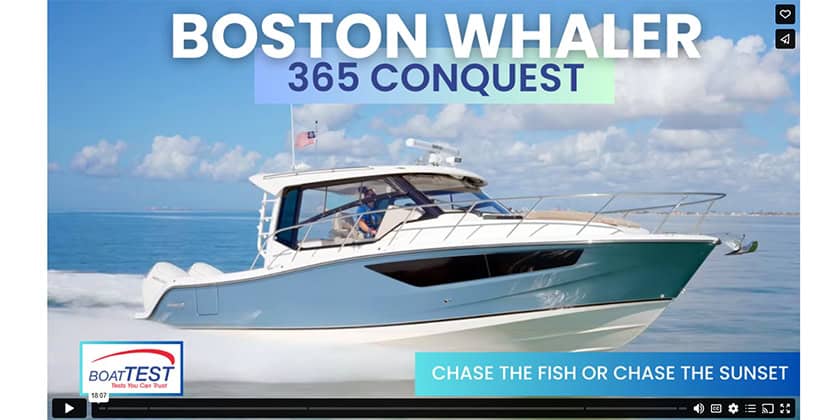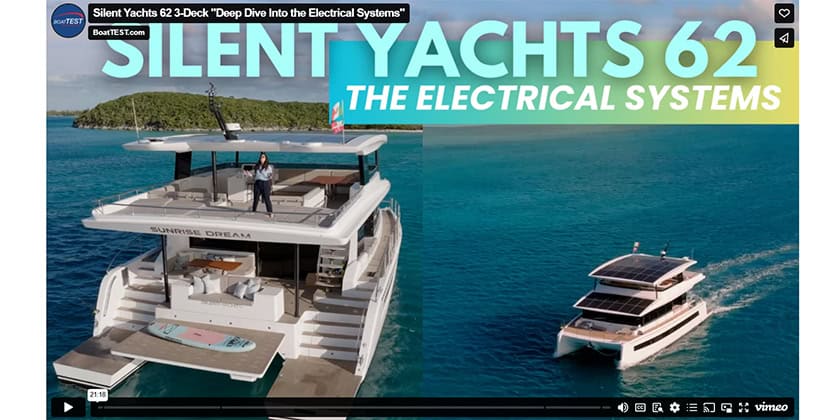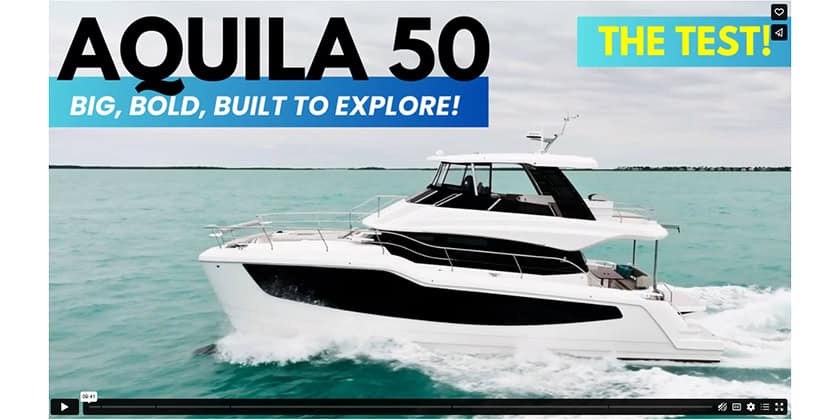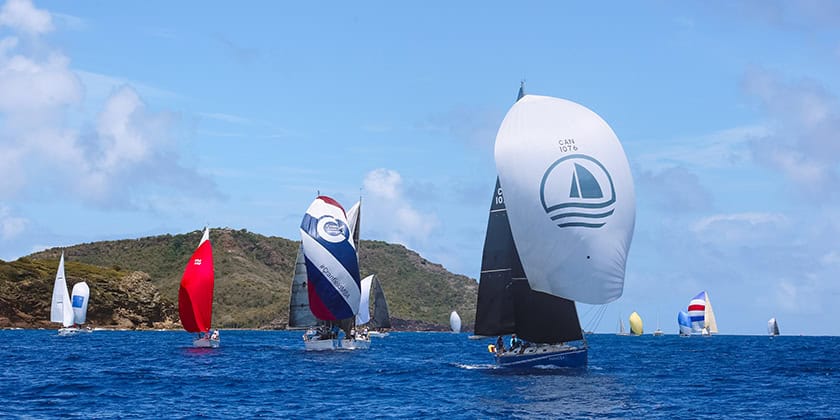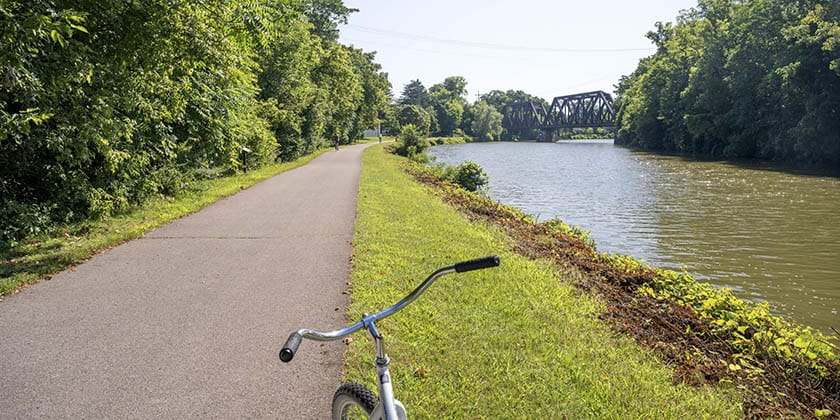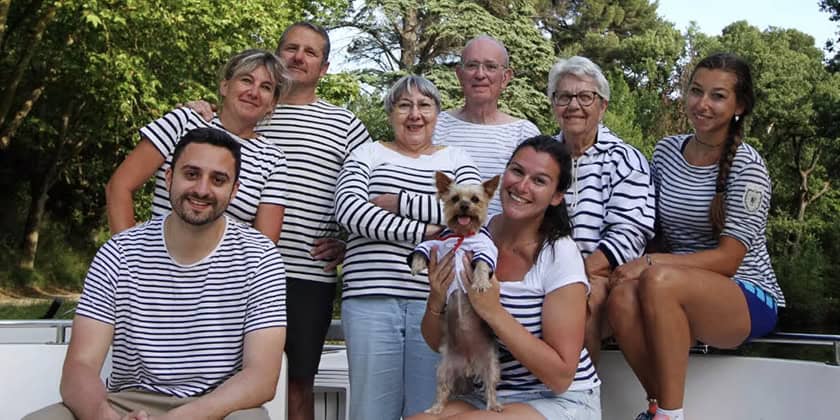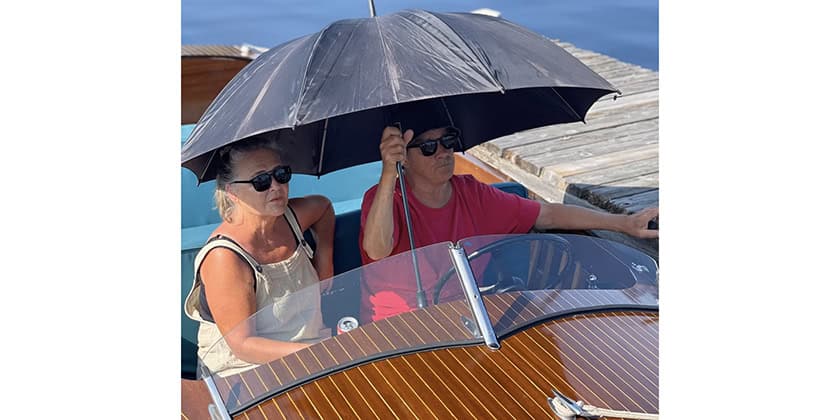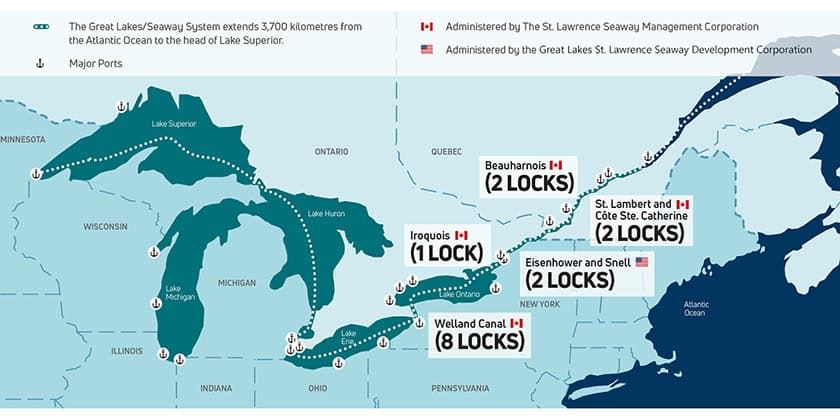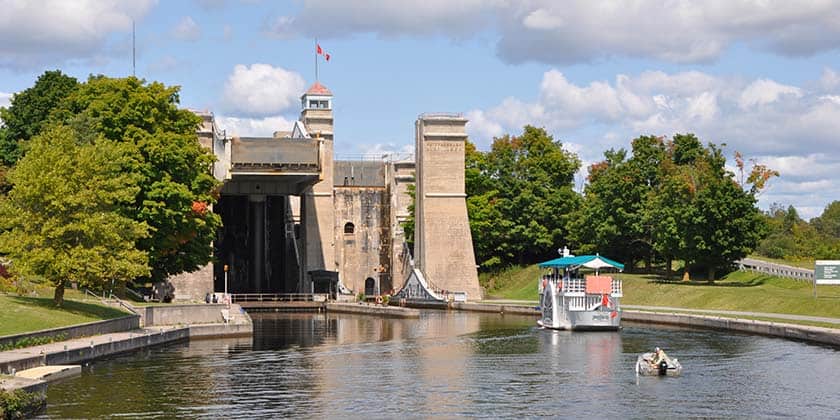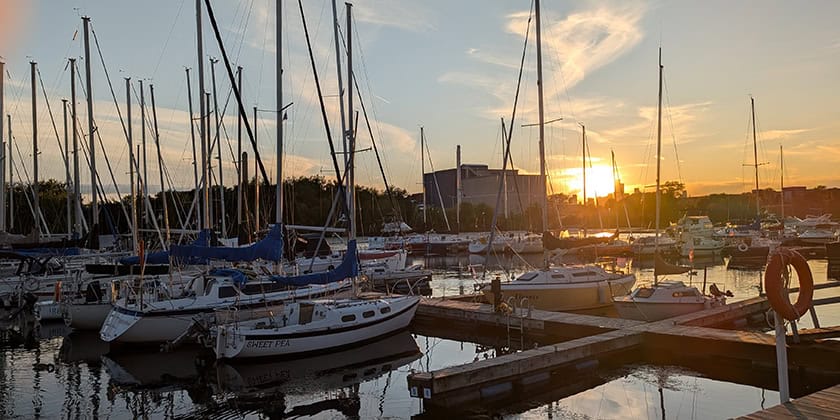Steve Killing – Sailing These Rockets is Not For the Fainthearted

Steve Killing, the guest speaker at the annual Midland Huronia Museum Heritage Dinner, gave the attendees a unique perspective on vessel design on 03 May. Beginning with 19th century ship design, he morphed the cod head and mackerel tail formula used by designers in the early 1800’s into the modern mono hull design, which uses exactly the opposite approach with narrow forward and broad after sections. He then launched into some of his current projects, space age high tech catamarans, capable of speeds in excess of 40 knots.
In the early part of his talk, Steve discussed the problems of designing HMS Bee (you can see her at Discovery Harbour in Penetanguishene). Plans and pictures of her did not exist in Canada so he had to start with class drawings from the British archives. He modified the cod/mackerel design somewhat to give her better sailing qualities as his simulations showed that these ships could actually sail backwards faster than forward as the bows were so blunt. In this era your life often depended on vessel speed to outrun the enemy or gain the advantage in a naval engagement and some of the American privateer and blockade runner designs were quite progressive in an attempt to achieve this. But it was the recreational quest for speed that brought out the most unique perspectives of his craft. The move from single-hulled vessels to double-hulled catamarans saw a huge leap in speed potential. It was so large in fact, that the New York Yacht club did not allow boats with more than one hull for over 100 years, One of Steve’s designs, a 25 C-Class catamaran, was the first double hulled vessel seen at the Club in over a century.
Steve’s designs have won the last two International C-Class regattas. As these boats have been using shrink wrap fixed foils with wing tabs (similar to aircraft wings) and hydrofoils for many years, they provided the much needed background for the current America’s Cup designs. His success with the C-Class was no doubt instrumental in landing him a position with the Emirates Team New Zealand AC72 America’s Cup challenge where he has been involved with hull development and fairing, heat-shrink wing skin research, wing tab geometry and articulation, and aft crossbeam fairing. The New Zealand boat was the first of the America’s Cup challengers to fly with both hulls clear of the water lifted by hydrofoils and Steve’s presentation included breathtaking videos of the boat in action. Crews in these boats are wired with electronics and rigged out with helmets and face protectors and sailing in these rockets is not for the faint hearted.
Credit for Top Photo: Chris Cameron
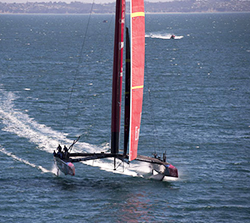 |
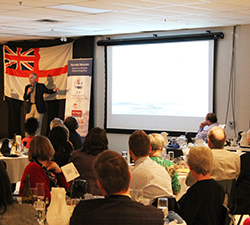 |
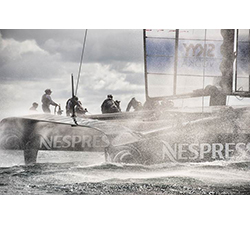 |
| Photo Credit: Chris Cameron Photo Credit: Huronia Museum Photo Credit: Chris Cameron | ||

